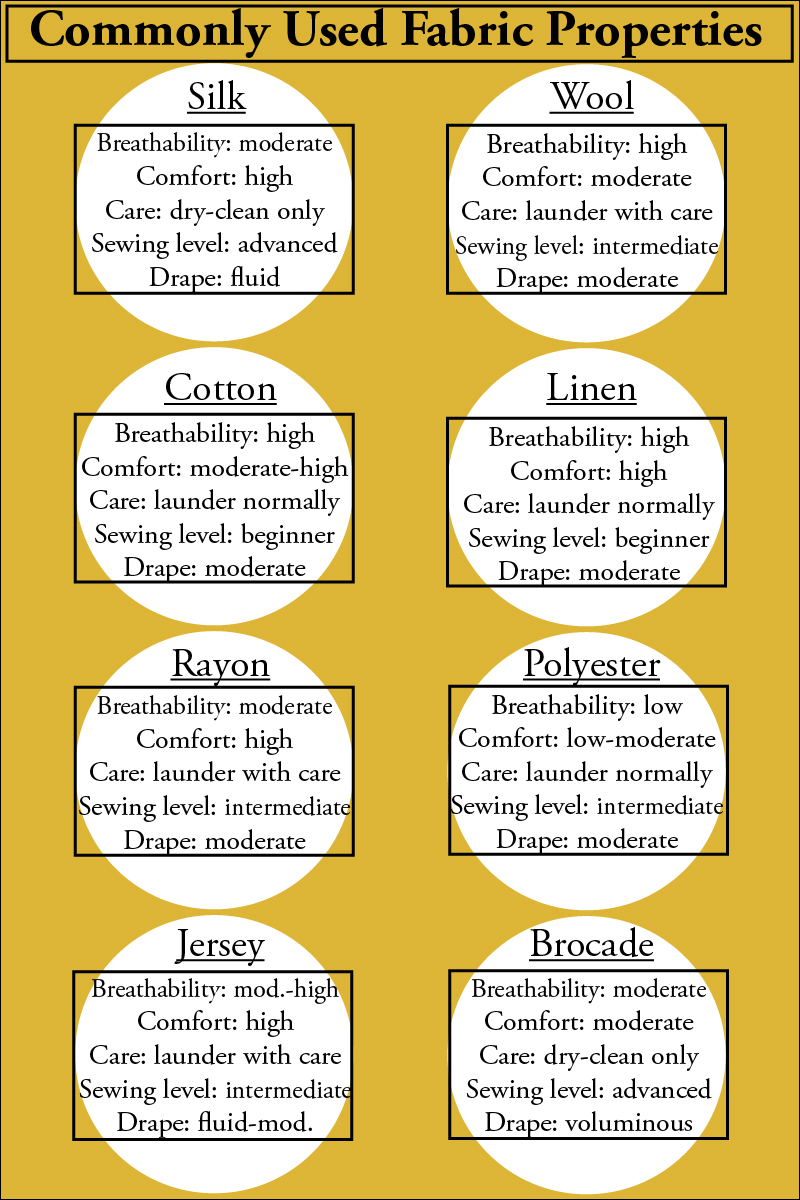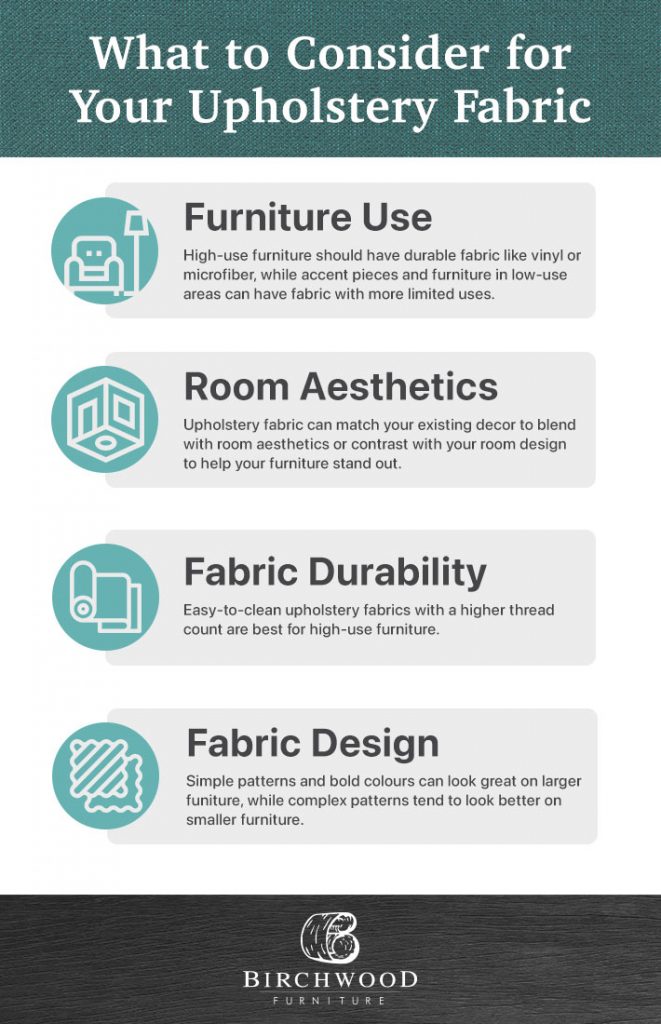Little Known Facts About All 4 Way Stretch Fabrics.
Little Known Facts About All 4 Way Stretch Fabrics.
Blog Article
All 4 Way Stretch Fabrics - Truths
Table of ContentsThe 10-Second Trick For All 4 Way Stretch FabricsThe 10-Minute Rule for All 4 Way Stretch FabricsAll 4 Way Stretch Fabrics Can Be Fun For AnyoneGetting My All 4 Way Stretch Fabrics To WorkThe Ultimate Guide To All 4 Way Stretch FabricsThings about All 4 Way Stretch FabricsSome Known Details About All 4 Way Stretch Fabrics
As I also want UV security from my garments when I head out, I would choose a largely woven cotton fabric. Also the underwear is better in cotton (No spandex bands anywhere near the skin). Examine out the best materials appropriate for making summer clothing. One even more factor to consider when purchasing the textile is the way it will after cleaning.A risk-free wager would be to purchase at least 10% additional textile. If you can purchase preshrunk material, this is the finest.

If you are matching the shade, like choosing the lining for the main material or selecting material to include as trim, this is specifically important. The material showrooms will normally have a light well where you can see the textile in sunshine (or a window with great light from outdoors).
All 4 Way Stretch Fabrics - An Overview

The majority of fabrics are concerning 44 large. When you go to get material, price quote just how a lot you desire initially and then go to the shop.
These are offered in the stores I regular as cut items they are mostly prized low and some of them, when they are last off the bolt, treasured extremely reduced. You will need to ask the salesmans for pieces like that. Some wonderful bargains can be had by doing this. In dressmaking, we purchase material by the yard/meter.
About All 4 Way Stretch Fabrics
In a quarter of a backyard, you get a 9 by 44 strip of fabric, which is regarding 22 cm in length. It is always better to purchase larger fabric. According to the size of materials, they might be called single-width and double-width. Solitary width is typically up to 49 inches in width and double width approximately 60.
Select fabrics that are not also tough or inflexible, or you wouldn't be comfortable in them. Bed linen, Jeans, flannel, For colder environments, select wool (100% as well as woollen blends) wool tweeds, wool crepe; it basically depends on what trousers you are speaking about Tailored trousers, Unstructured Pant, Combined, Pants.
Corduroy is comfy to wear material to select for trousers. All cotton fabrics benefit children. You can choose a cotton satin stretch or a cotton twill or cotton satin or lawn. Knit fabrics are likewise excellent for kids you can choose woollen knits. Interlock knits are dressmaking knits that extend throughout the grain.
About All 4 Way Stretch Fabrics
Cotton yard towel in pretty prints is terrific. Silk jacket is a wonderful textile for sewing skirts, as is Ponte Roma knit fabric.
Drapey rayons, soft woollen, lycra blends, and stretch velours are all appropriate for stitching skirts. Woollen check my reference (Woollen crepe has a fantastic drape and provides enough structure for jackets; wool tweeds are wonderful as well), Bed linen & Flannel. Raw silk, satin, taffeta, velour, Lace, silk chiffon, and Organza are all great for making outfits.
You can buy medium-weight textiles with some spandex/elastane included for a suitable bodycon-type gown. For drapey dresses, you can select light-weight materials. Crepe, challis, and charmeuse are all drapey textiles fit for this style.
Lightweight cotton fabric, Cambric, Chintz, Twill, Faille, Seersucker, Poplin, light-weight woven broadcloth, batiste, linen, eyelet are excellent for making tee shirts and shirts. Smooth satin textile is good for making ventilated tops. When acquiring formed fabric (many of the patterned material comes with a size of 45 or 54 inches), there will be pattern repeat in these textiles, and this must be taken right into consideration when reducing fabric as well as purchasing them i.e., if you want to match the patterns at the seams.
Little Known Questions About All 4 Way Stretch Fabrics.
This blog post has the names of all the checkered patterns and this, stripe patterns. The motifs will be distributed in a scheduled style on the material. You may discover in some cases If the print is not positioned on the textile correctly, it can not be matched or lined up when built without misshaping the fabric and the hang of the garment.


The fabric weight is reliant on numerous variables like the weave, fiber kind, etc and is normally represented by GSM. GSM can vary from 60 -700; 700 being the GSM of very top notch woolen material.
One point you have to keep in mind is that higher material weight does not signify greater textile quality. You can not choose high textile weight material denim for a light-weight drifting serape.
Check out the listing of the 70+ different material surfaces and therapies. In a nutshell, one of the most vital standards to seek in the material you get are as follows. The number of strings per inch of textile (yarns-per-inch). Higher the string count higher the variety of threads woven per inch, and the higher the quality.
Our All 4 Way Stretch Fabrics Statements
This is really vital in any kind of textile. In top quality material, this balance (either in numbers or in dimension) will certainly always be kept. Procedures utilized on textile to boost appearance and performance. The fibers that are woven to make the textile will either be as a solitary hair or will be formed by integrating 2 yarns (twisted).
A two-ply thread is premium to a single-ply thread.
If you are getting prepared to start a new embroidery project, picking a textile will be one of the most vital step when you decide what you want to make. After you've gone to all the difficulty and expense of purchasing the sewing equipment you like, a pattern you enjoy, and a fabric you enjoy, you want the ended up item to be a success? One way to achieve that is to begin by making certain your fabric is really appropriate for the job.
All 4 Way Stretch Fabrics Fundamentals Explained
If you're making a patchwork, you'll automatically want to utilize quilter's weight cotton for best results. What if you desire to make an item of clothes? Just how do you understand which material will offer you the very best outcome? Choosing a textile simply due to the fact that you like the print or layout on it isn't always the finest method.
In order to prevent doing a whole job for basically absolutely nothing, we have actually put together some ideas to help you choose which material is best for your project. Let's state you currently have a project in mind; how do you locate the best fabric for it?
Assume of the attributes you desire the finished product to have. Do you desire a strong color or a print? If you are making a non-wearable thing such as a pillow cover or potholder, utilize a tough material such as canvas.
There is a lot information around about materials, their features, and their uses, it could reach be frustrating! So don't attempt to take it in all at once; simply begin with the project available. Discover all you can about the fabric you make use of for this project.
Report this page